Gus14
Civil/Environmental
- Mar 21, 2020
- 194
In Multi-story precast concrete buildings, where the columns are cast on site, while the beams and the slabs are precast. The beams simply rest on the corbels, so the columns are not restrained by the beams or the slab, therefore what K factor should be used ?
Also. What height should we design the columns for, the story height as we do in ordinary concrete building ?
Also. What height should we design the columns for, the story height as we do in ordinary concrete building ?

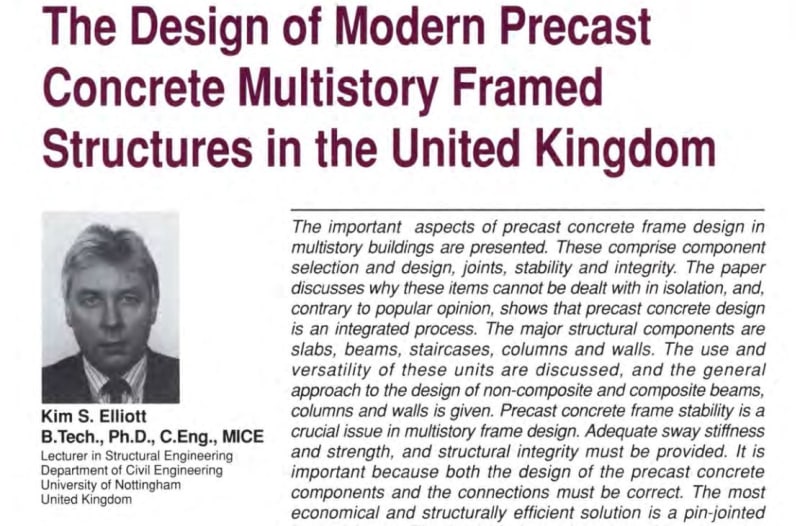
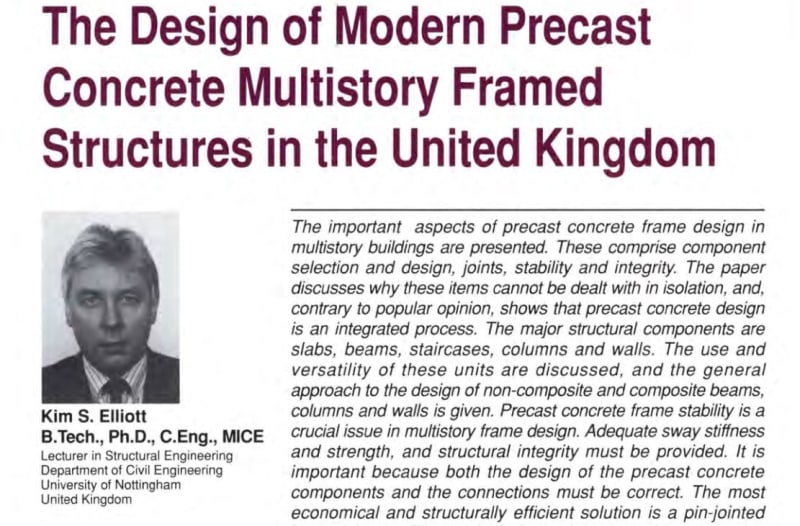
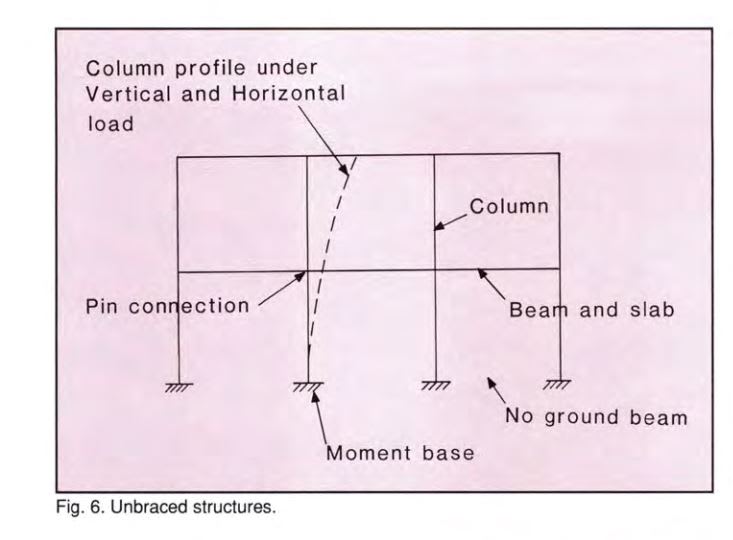
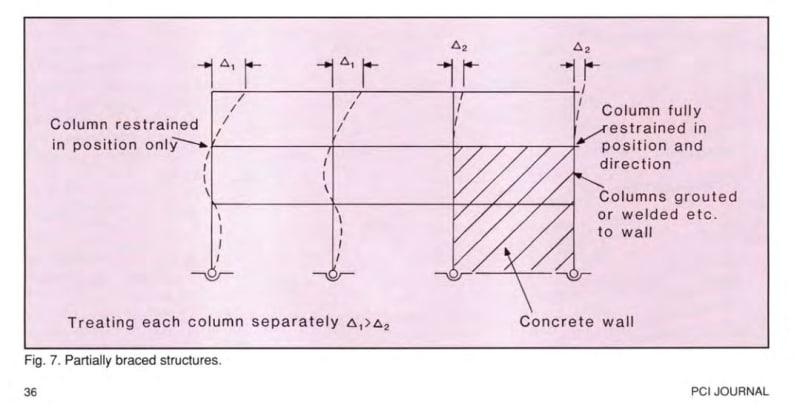
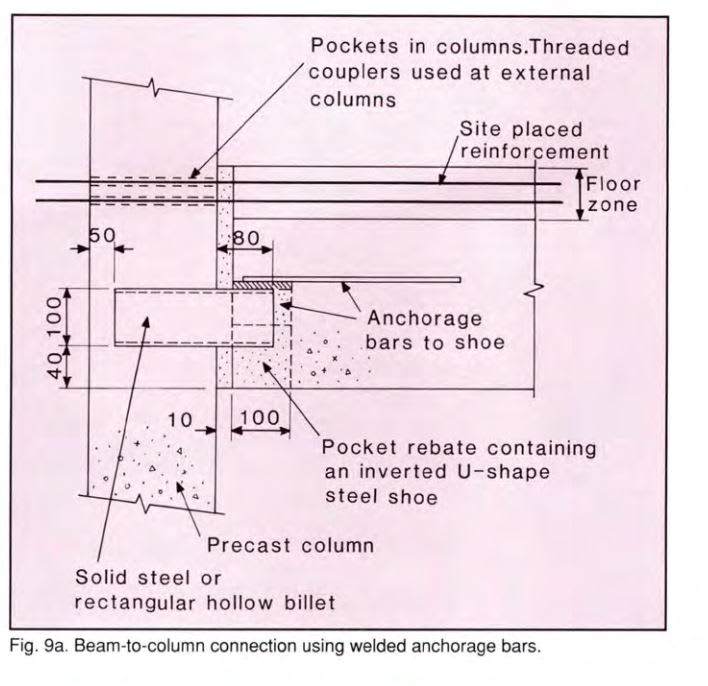
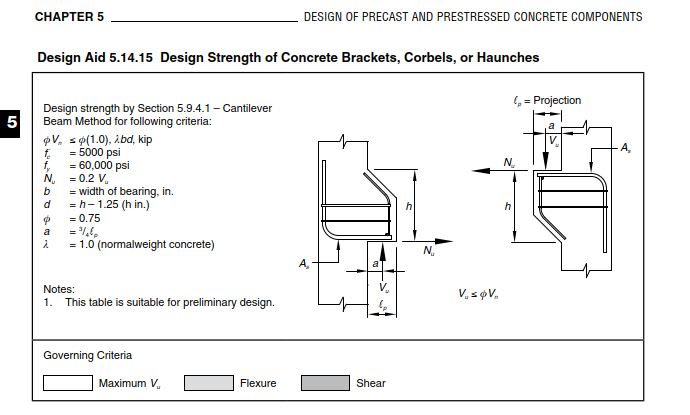
![[bigsmile] [bigsmile] [bigsmile]](/data/assets/smilies/bigsmile.gif)